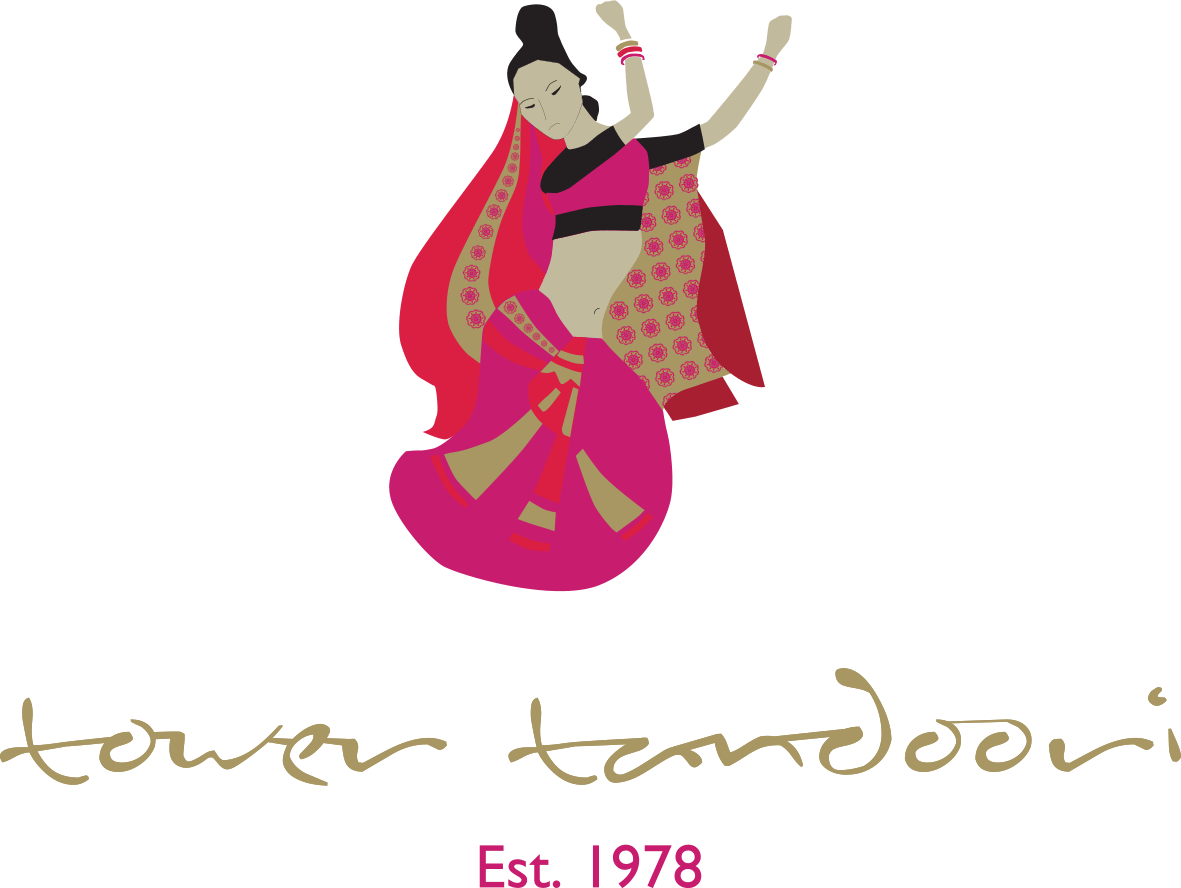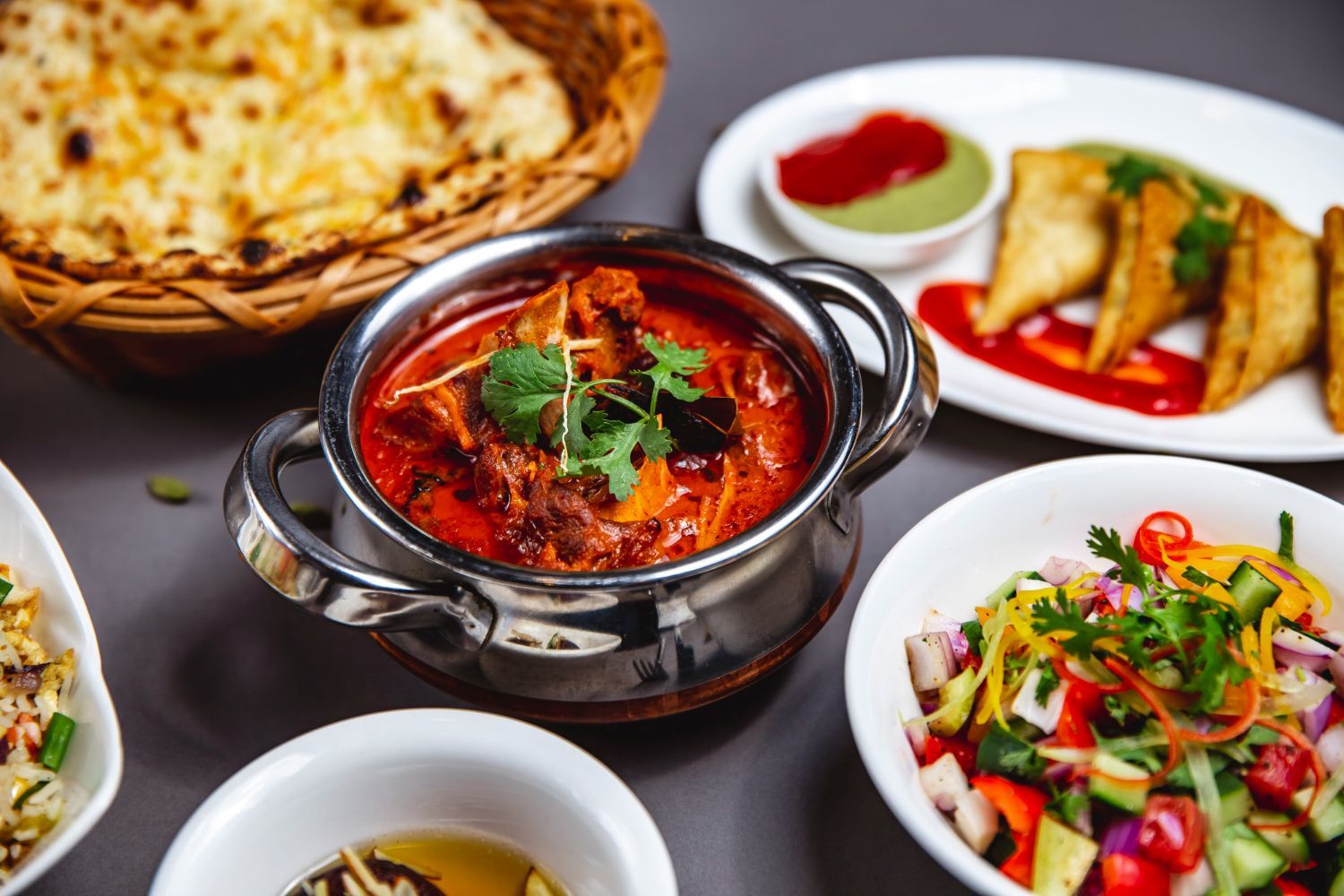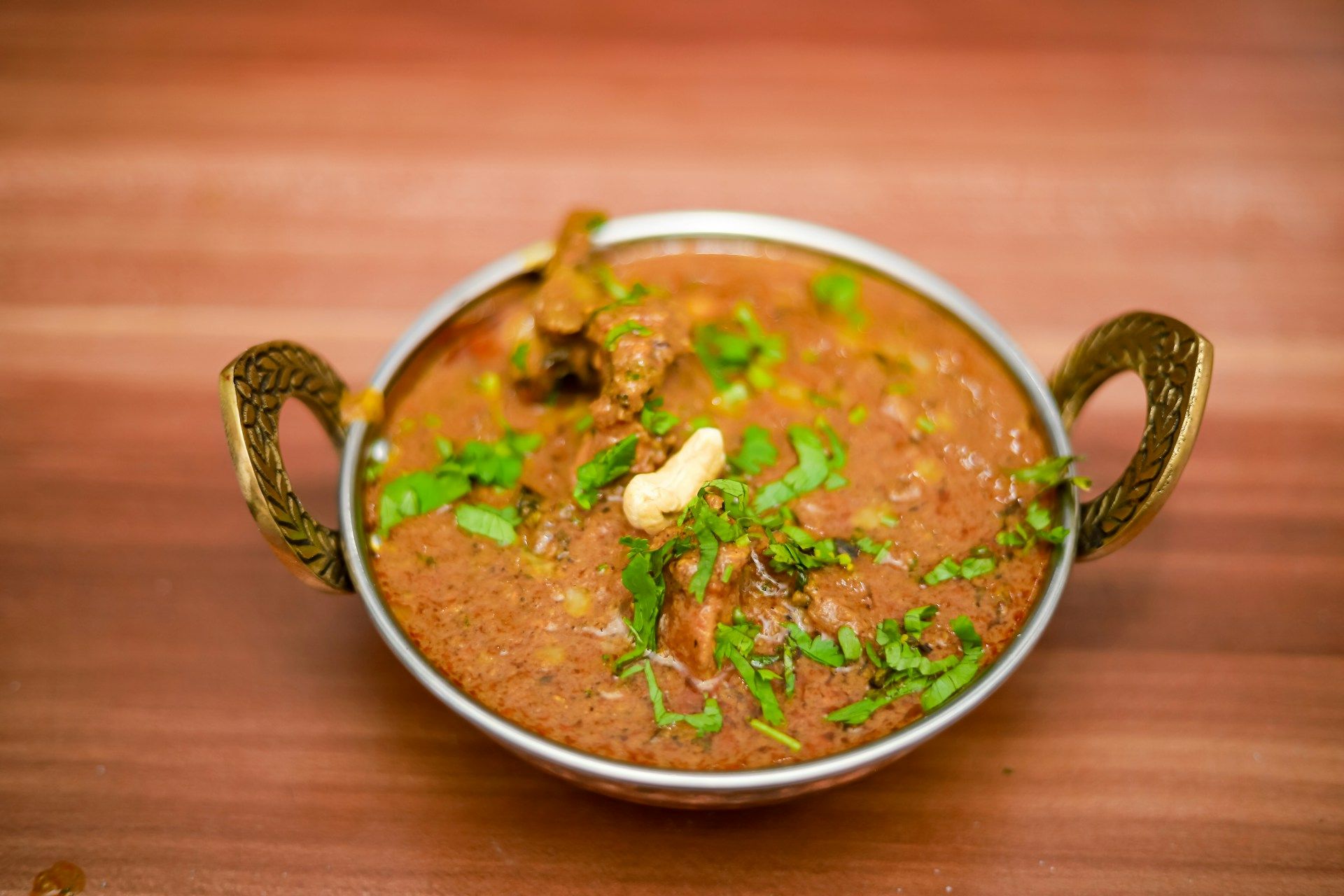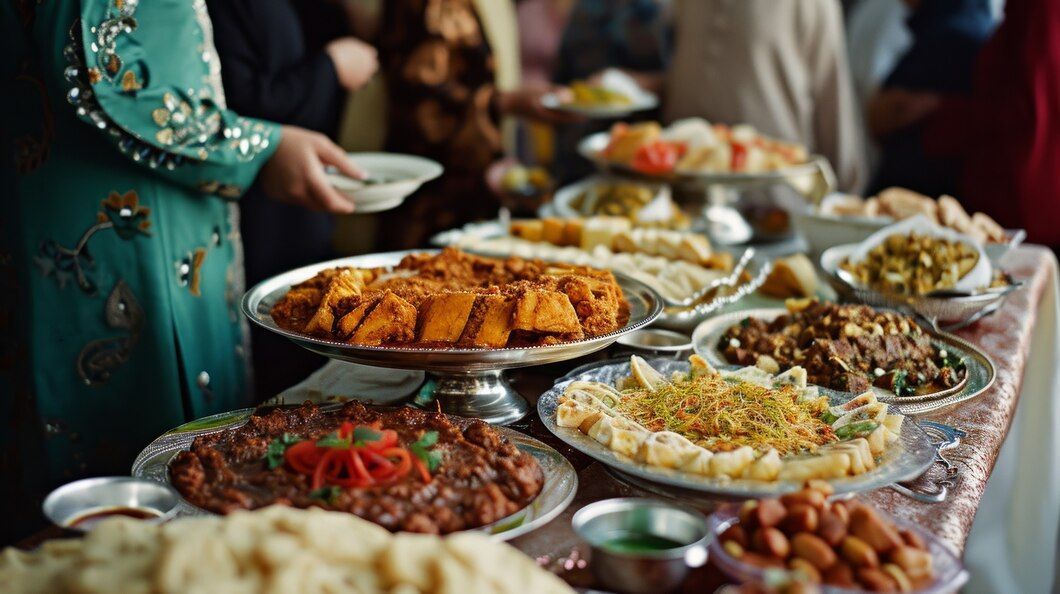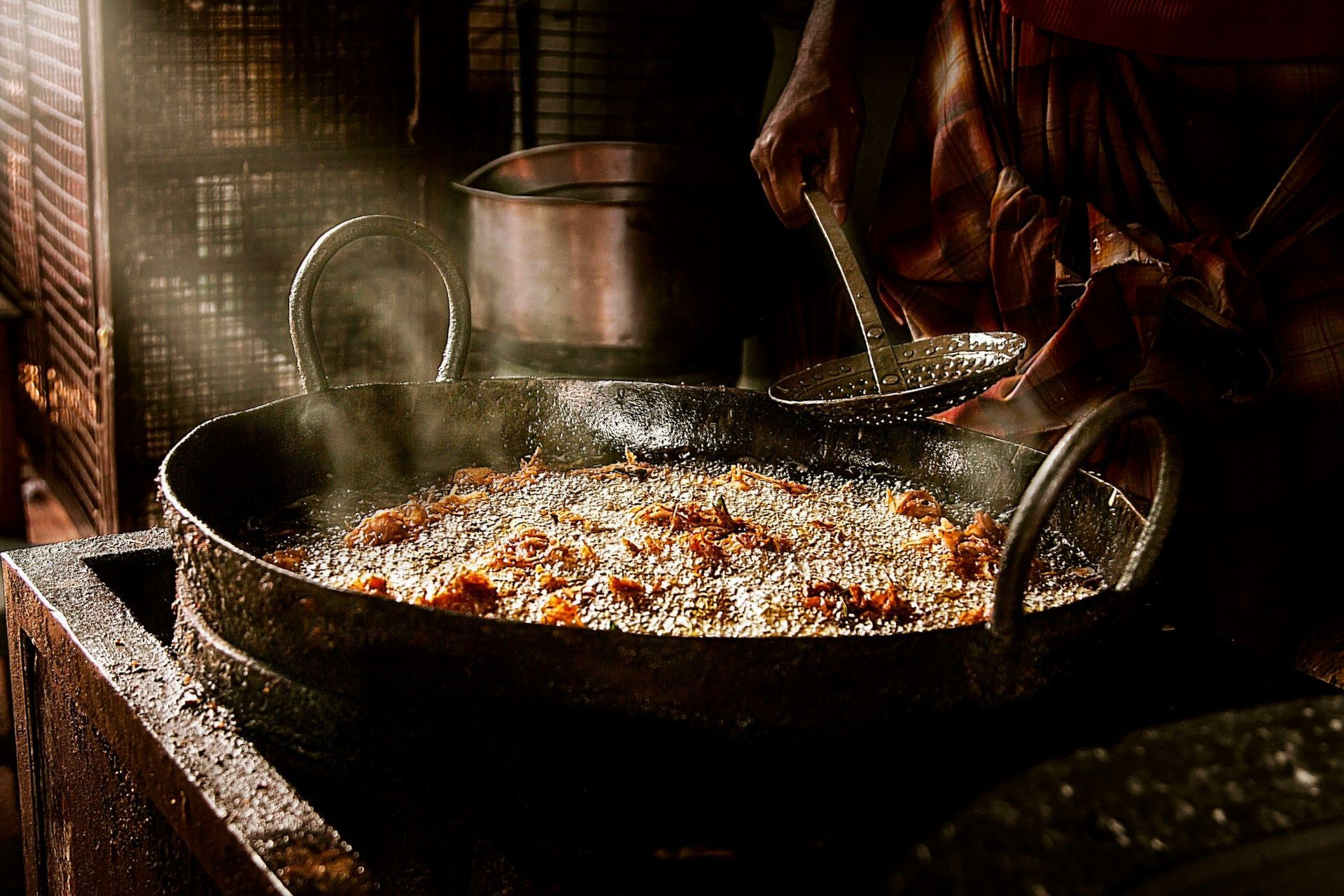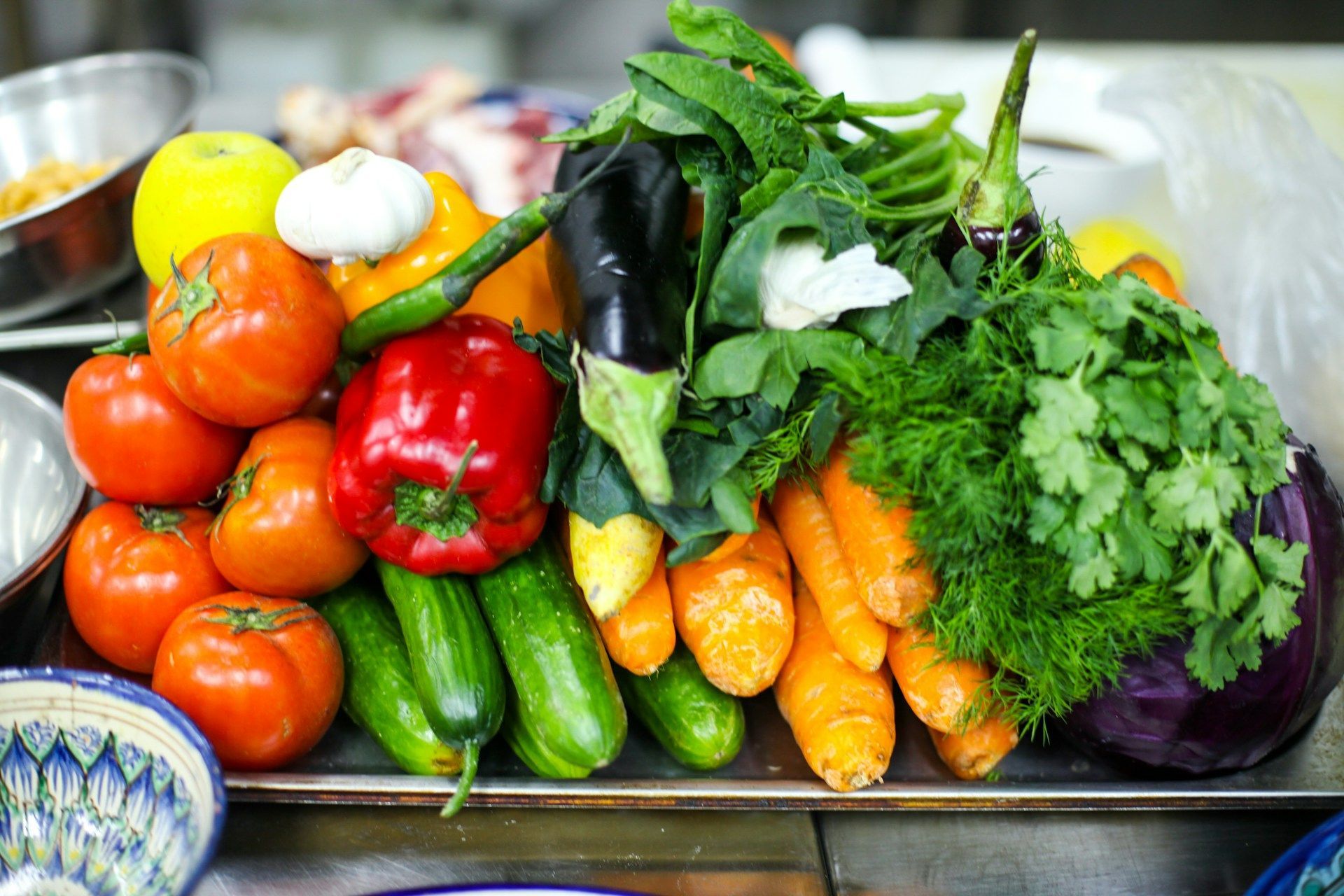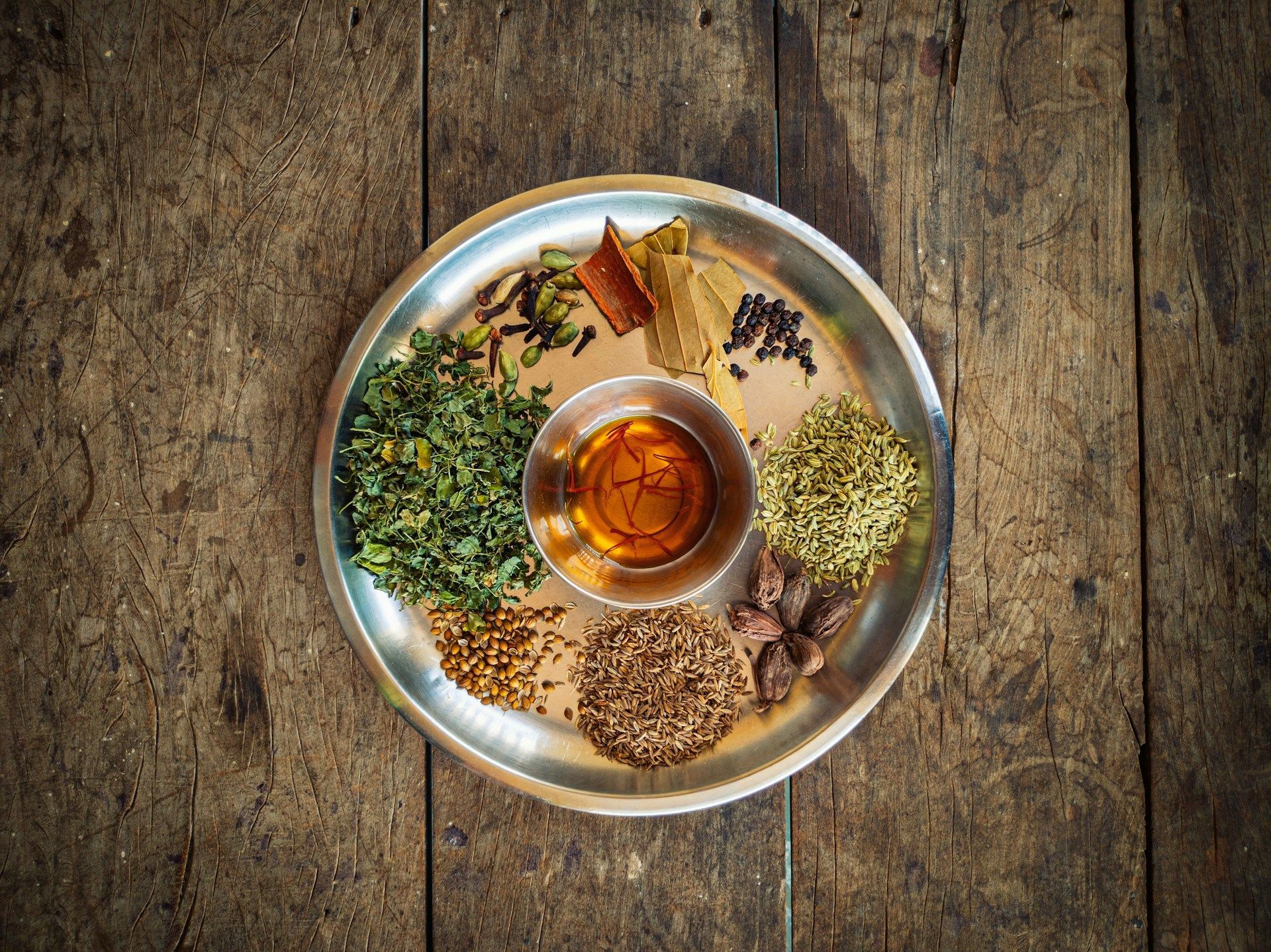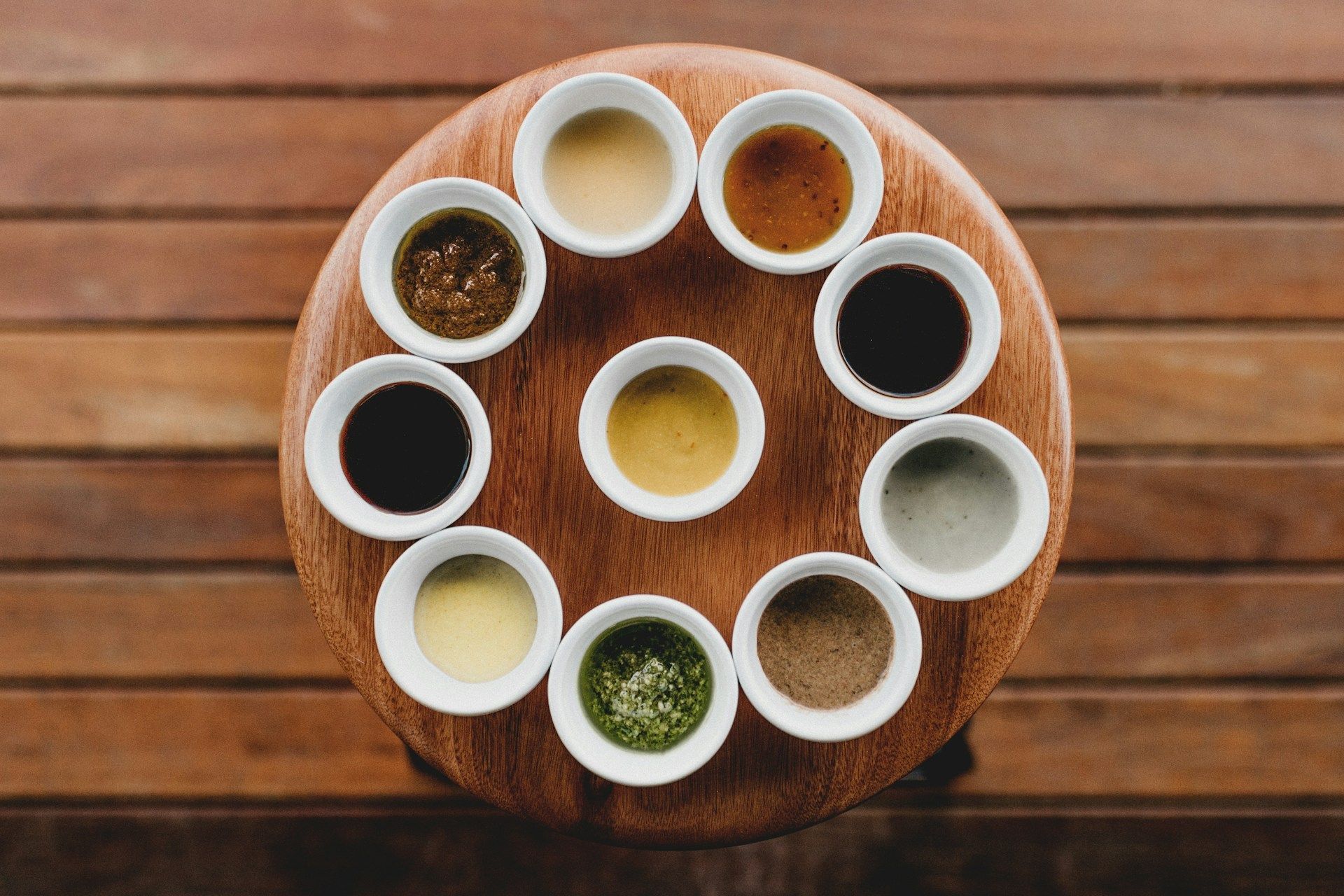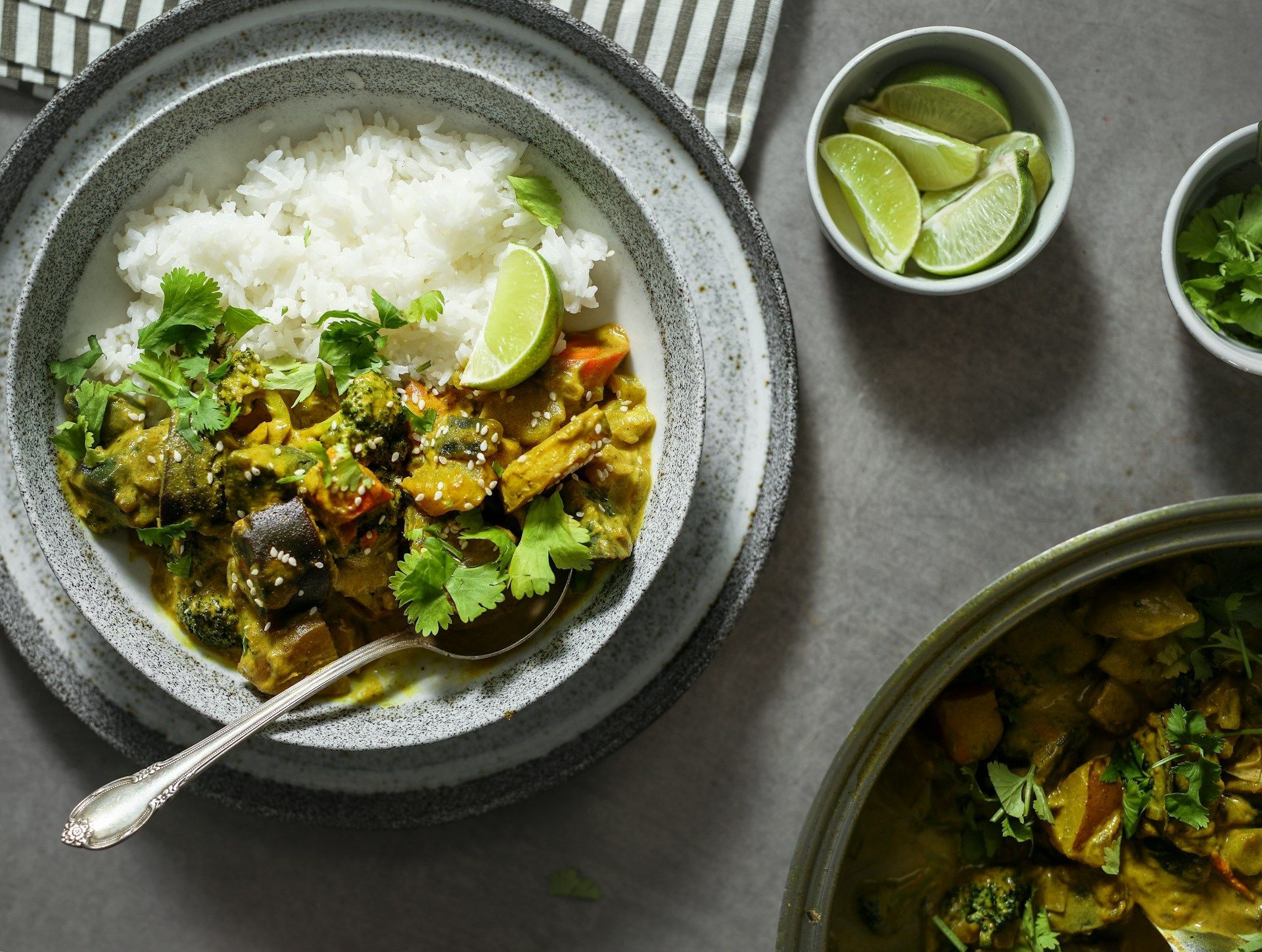Exploring Indian Cuisine: What Makes Indian Food So Great
SUHEL AHMED • 15 July 2021
This is a subtitle for your new post
Indian food is incredibly diverse. A typical Indian meal consists of vegetables, some kind of milk product, and grains. This can be further enhanced by proteins like egg, fish, meat, pulses and legumes. And Indian food is distinct in how it combines spices, herbs, good carbs, and fat.
Indian dishes are genuinely unlike any other cuisine in the world. It is rich and bold. Every bite gives you a little bit of everything on your plate. Because it pulls from so many regions, cultures, and traditions, eating an Indian dish is like exploring the world itself. But what makes it so different? What makes it so good? These are three elements of Indian food that make it stand out from the rest.
Smell and Colour
We taste our food before we ever even take a bite—through sight. From the moment we lay eyes on our food, what we see gives us a taste of what is to come. The colours of Indian food can promise a rich and hearty meal if you have it with rice. The rice will soak up the flavours of your food enough to get your stomach grumbling louder.
The second way we taste the food before we eat it is through smell. Our nose and mouth are connected through the same airway. This allows our nose to recognise tastes as salty, sweet, sour, bitter, and so on long before we take a bit.
Indian food might be a shock to the senses at first for some people, but it’s an immediate mouth-watering experience if you ever find the footing for it. It is consistently bold and exciting for all our senses.
Spice and Flavour
Indian food is most famous for its taste, curries, mouth-burning spices, and complex flavour pairings. Even inside Asia, it is known for its distinct taste and various regional interpretations of different recipes.
Scientists have found that what makes Indian food so different is its lack of overlapping flavours. Typically, Indian food will use at least five different herbs and spices to flavour the dishes. Each of those ingredients works to result in a flavour combination like no other. Cayenne, cumin, green bell peppers, onions, coriander, and garam masala are just a few of the things you can combine to create a perfect dish.
Indian food is also about the development of these flavours. Slow cooking copious amounts of herbs and spices give us rich, unique, and well-developed flavour bombs.
Experience
Indian food tells stories about culture and history. Because India is such a large country, you could eat five different butter chickens and have a completely new experience every time. Whether you’re visiting other restaurants or various locations in India itself, you will find new tastes and variations of the same dish.
Another incredible way to enhance your eating experience is by doing it the traditional way—with your hands. Indian food is meant to savoured. The construction of the dish and its elements make it very easy to handle. If you’ve never done that before, Indian food is a perfect way to learn how to eat with your hands.
Conclusion
There are many misconceptions about Indian food, but that’s just because of a lack of information and experience. People might avoid it for their diet, their spice tolerance, and so on. Rest assured that there is an Indian dish for everyone and every occasion.
Indian food is not just food. It’s a history lesson, a map, a place for culture to meet in harmony, and a one-of-a-kind experience. From the moment you lay eyes on an Indian dish, you’re pulled in. The smells and the colours work together to make that first bite special. From that bite, the herbs and spices will do the rest to give you the best meal.
If you’re looking to broaden your horizons through food or simply craving a taste of India, savour the best Indian food
at Tower Tandoori. Tower Tandoori is one of London’s oldest Indian restaurants. We are open for service and delivery, so call us now.
